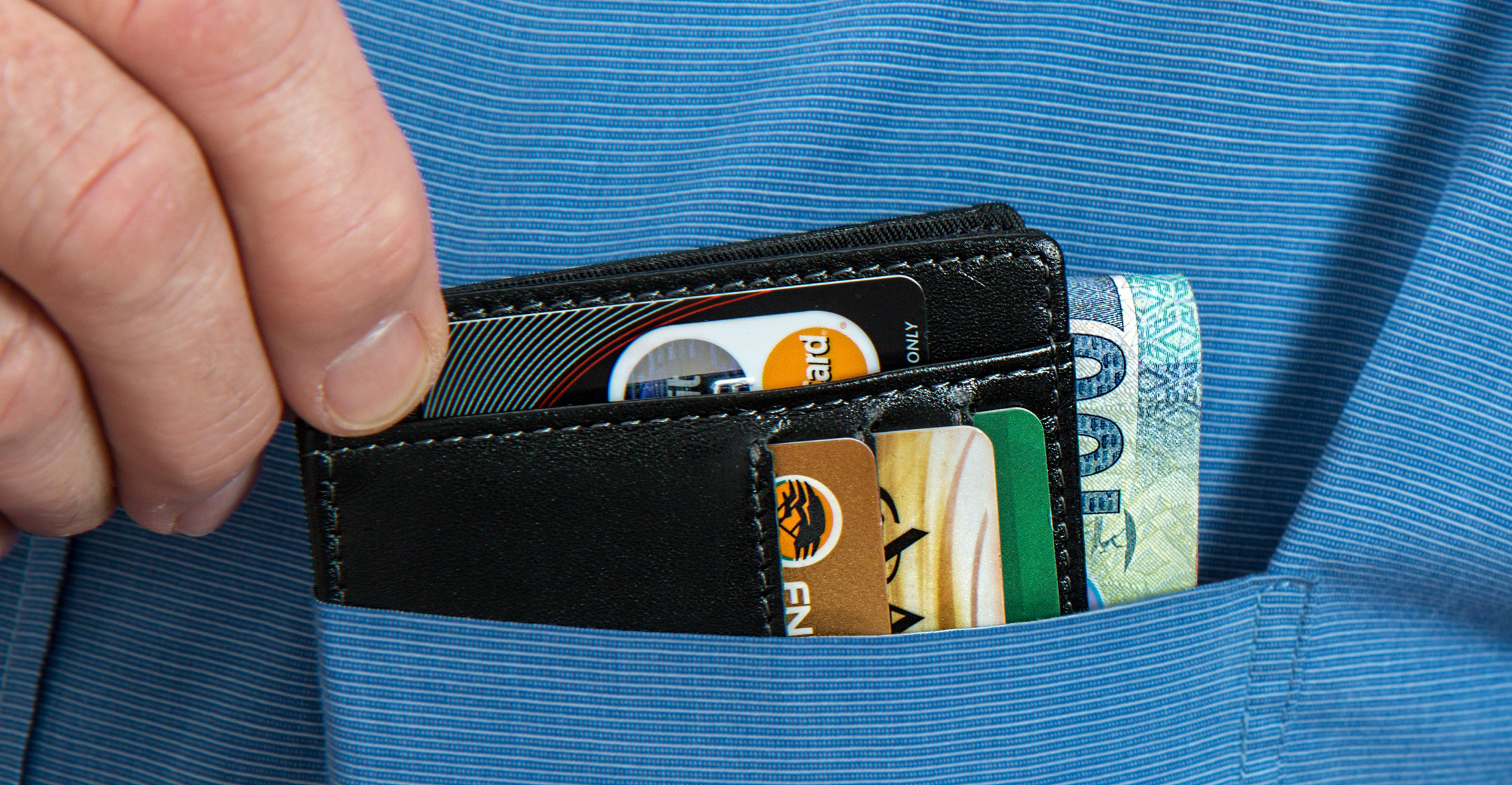 Mastercard is phasing out cards with magnetic stripes, more than six decades after the technology was first introduced, as consumers adopt chip- and tap-based payments in increasing numbers.
Mastercard is phasing out cards with magnetic stripes, more than six decades after the technology was first introduced, as consumers adopt chip- and tap-based payments in increasing numbers.
The financial services giant said it will phase out magstripe cards starting in 2024, and they will no longer be issued at all, in any market in which it operates (except in limited numbers in the US), by 2029.
“Newly issued Mastercard credit and debit cards will not be required to have a stripe starting in 2024 in most markets,” the company said in a statement. “By 2033, no Mastercard credit and debit cards will have magnetic stripes, which leaves a long runway for the remaining partners who still rely on the technology to phase in chip-card processing.”
The magstripe will start to disappear in 2024 from Mastercard payment cards in regions such as Europe, where chip cards are already widely used, it said. Banks in the US will no longer be required to issue chip cards with a magnetic stripe starting in 2027.
“It’s time to fully embrace these best-in-class capabilities, which ensure consumers can pay simply, swiftly, and with peace of mind,” said Ajay Bhalla, president of Mastercard’s Cyber & Intelligence business, in the statement. “What’s best for consumers is what’s best for everyone in the ecosystem.”
Long road
The technology certainly has come a long way. Mastercard said that in the early days of modern credit cards, merchants had to write down account information for each card-carrying customer by hand. “Later, they used flatbed imprinting machines to record the card information on carbon paper packets…
“And how could clerks tell whether the customer was good for the purchase? They couldn’t. Credit card companies would circulate a list of bad account numbers each month, and the merchant would have to compare the customers’ cards against the list,” the company said.

“The arrival of the magnetic stripe changed all that. An early 1960s innovation largely credited to IBM, the magnetic stripe allowed banks to encode card information onto magnetic tape laminated to the back. It paved the way for electronic payment terminals and chip cards, offering more security and real-time authorisation while making it easier for businesses of all sizes to accept cards. That thin stripe has remained a fixture on billions of payment cards for decades, even as technology has evolved.
“But now the magnetic stripe is reaching its expiration date, with Mastercard becoming the first payments network to phase it out.” — © 2021 NewsCentral Media




